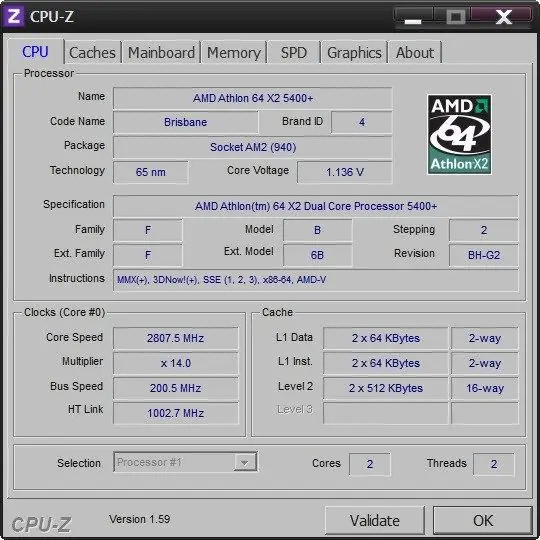Some of the most important performance parameters of the hardware installed in your computer are determined by how many times per second information is sent and received from a particular device (processor, memory, disk drives, etc.). These parameters are measured in megahertz and are called "frequency". When talking about the frequency of the motherboard, and not the processors and memory chips installed on it, they usually mean the frequency of the data transfer bus.

Instructions
Step 1
Use proprietary software to determine the bus frequency on the motherboard - it often contains information and configuration utilities that allow you to find out, among other settings, the parameter you need. Look for such a utility on the optical disc in the packaging box of the motherboard. If you do not have a disc, then its contents can be downloaded from the manufacturer's website. For example, such a utility for the ASRock Fatal1ty P67 motherboard is called F-Stream Tuning, and the bus frequency of the motherboard can be seen on its Hardware Monitor tab, next to the inscription BCLC / PCI-E Frequency. On the Overclocking tab, you can not only see it, but also change it using the slider next to the same caption
Step 2
Install, as an alternative to proprietary software, a universal program for determining the parameters and monitoring the equipment installed in the computer. These applications are distributed by non-motherboard vendors and are therefore designed to work with devices from many manufacturers. For example, it can be a very popular free utility CPU-Z (https://cpuid.com/softwares/cpu-z.html) or an equally popular program that provides information on a wider range of peripheral devices, AIDA (https:// aida64.com). If you install the last of them, then in order to find out information about the operating frequency of the system bus, open the section "Motherboard" in the menu, click the line with the same name and look at the number indicated opposite the inscription "Real frequency" in the section "Bus properties FSB"
Step 3
Go to the BIOS control panel if there is no way to find out the motherboard bus frequency directly from the operating system. In the basic I / O system, it is also not always possible to see the value of this parameter - often a specific value is not indicated here, but the Auto parameter is set. Nevertheless, you can try this option too - look among the settings for the one that mentions FSB Freqency or CPU Freqency. The exact name depends on the BIOS version used, and it will most likely be located on the Advanced tab.






